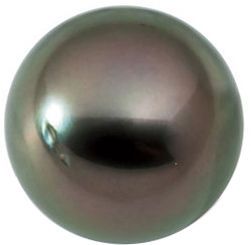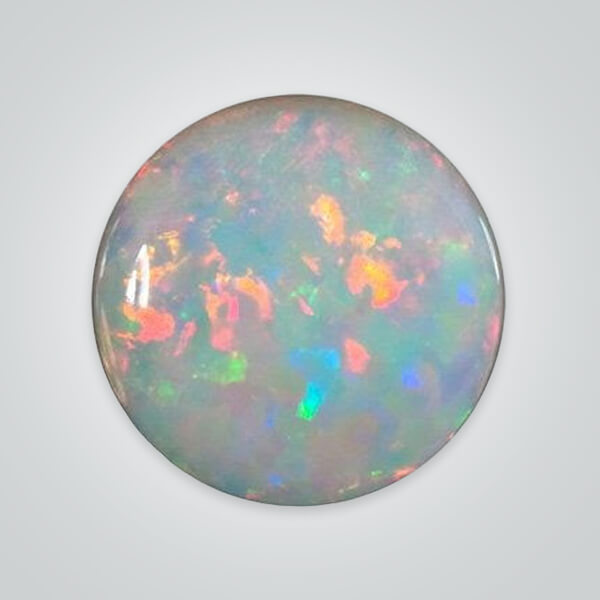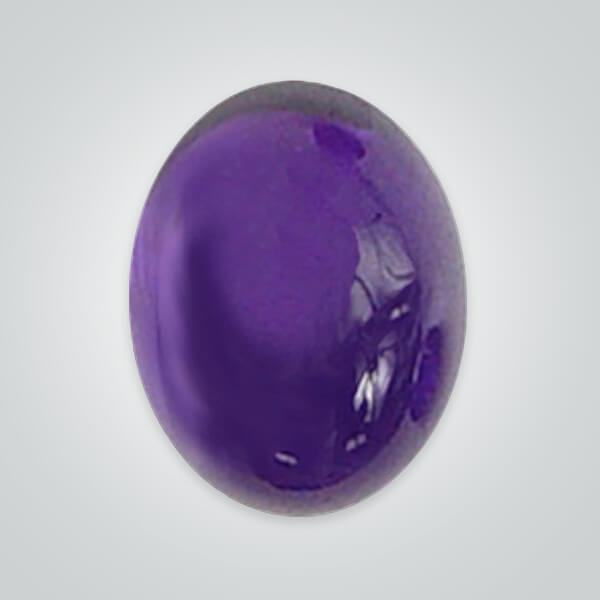Tahitian Black Pearls
Tahitian Black Pearls, Round
GEMSTONE DETAIL Dimensions: 8.00mm to 12.00mm Grade: AAA Color: opalescent grey hue, shimmering with overtones of Pink, Blue, Gold, Green, Silver and Reddish
$99.60 – $555.60Select options This product has multiple variants. The options may be chosen on the product page
Tahitian Black Pearls, Round
GEMSTONE DETAIL Dimensions: 8.00mm to 12.00mm Grade: AAA Color: opalescent grey hue, shimmering with overtones of Pink, Blue, Gold, Green, Silver and Reddish
$99.60 – $555.60Select options This product has multiple variants. The options may be chosen on the product page

Tahitian Black Pearls
Tahitian Black Pearl
Organic Tahitian black pearls belong to the pinctada margaritifera (black-lipped pearl oyster) family. These pearls are often called black but feature unique color range over a vast spectrum. Many black pearl variants are available from light, regal green to peacock or deep black.
Robert Wan, a Tahitian, was the first to bring these unique pearls more recognition in the mainstream jewelry market. Wan’s marketing of these gems made them one of the most-sought after jewelry pieces.
History of Tahitian Black Pearl
The earliest record of natural pearls were in Sri Lanka’s Oruwella Port in the Gulf of Mannar. These records show that the pearl industry was thriving and many important personalities featured such gems in their jewelry.
Other records also show that Kuwait had a thriving pearl hunting market in the 1300s and served markets across the Gulf region. However, Tahitian pearls have a more recent history than early discoveries.
These gems come from The Micronesian Islands, Cook Islands, and French Polynesia Islands. Surprisingly, these gems are not sourced from Tahiti’s coastline. Tahiti is the main trading point for these gems since its earliest discovery in the 1900s and even some gems from Thailand, The Philippines, and Japan share similar features with Tahitian black pearls.
How Tahitian Black Pearl are Made
Tahitian pearls are 100% natural and possess calcium carbonate (CaCO3) and conchiolin as its major elements. These pearls form when a microscopic parasite intrudes a bivalve mollusk shell and settles anywhere in its wall.
Mollusks get irritated by the parasite and form a pearl sac made of real tissue from its external mantle. The mollusk also secretes CaCO3 and conchiolin to cover its irritant.
Mollusks repeat the secretion process multiple times to produce one or more pearls within their shell. Most mollusks produce pearls of different shapes, but perfect round variants are rare and may cost more on the market.
Uses of Tahitian Black Pearl
Tahitian black pearls are mostly useful as adornments on jewelry pieces. These pearls mostly come as ovals or spheres and can feature as centerpieces on priceless beads.
Chemical Composition of Tahitian Black Pearl
- Main element formula: CaCO3, conchiolin (jointly called nacre)
- Cleavage: None
- Mohs Scale Rating: 2.5 – 4.5
- Specific Gravity: 2.6 – 2.85 g/cm3
- Density: 2.73 g/cm3
- Refractive Index: 1.53 – 1.69
- Fracture: Irregular, mainly uneven
- Birefringence: 0.156
- Pleochroism: Nil
- Dispersion: Nil
- Crystal system: Orthorhombic
- Fluorescence: Pink to orange
How to Maintain Tahitian Black Pearl
Proper storage is the easiest and safest way to maintain Tahitian black pearls. Pearls are sensitive – these gems don’t need too much maintenance or they might lose their shell.
Also, you can preserve how your Tahitian black pearls look with a dry brush or polishing cloth. Use a polishing cloth or brush to dust off dirt from your Tahitian black pearls.
Don’t use jewelry cleaning solvents on Tahitian black pearls. Most commercial jewelry cleaning solutions feature highly concentrated ammonia and could erode the surface of your gems.
Tahitian black pearls also don’t need to stay too long under a jeweler’s torch. Also you can’t soak Tahitian black pearls in liquid soap and water solutions. The surface on some Tahitian black pearls could become dull or erode completely after contact with liquid soap or other concentrated cleaners.





